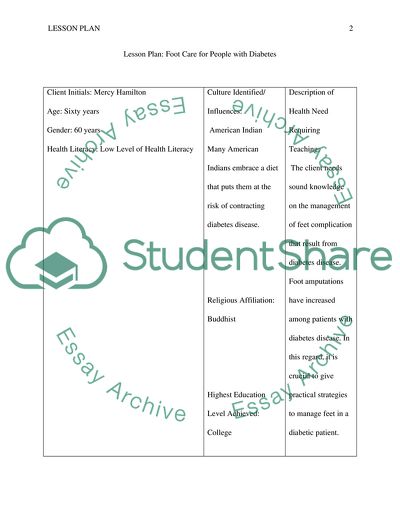Foot care for people with diabetes Research Paper - 1. https://studentshare.org/medical-science/1788336-foot-care-for-people-with-diabetes
Foot Care for People With Diabetes Research Paper - 1. https://studentshare.org/medical-science/1788336-foot-care-for-people-with-diabetes.


